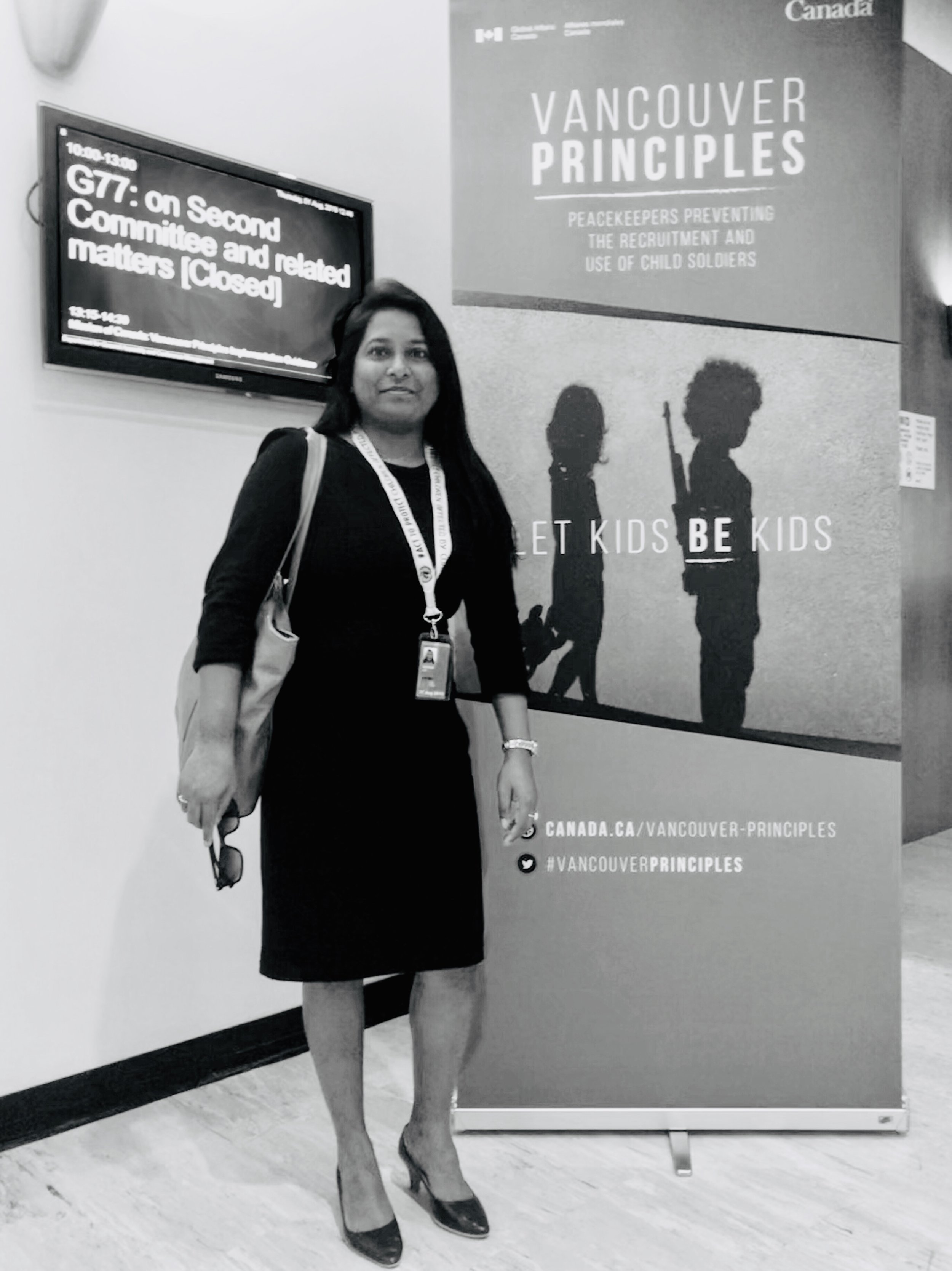
Some schools began reopening in September.

While the government took some measures to ensure online teaching, many students were not able to attend. In March, the government established a nationwide lockdown that lasted until September. The government closed schools in March, affecting an estimated 10 million students. The government has taken insufficient steps to protect them.Īs of October, the government had confirmed more than 860,000 cases of Covid-19 and 26,000 deaths. Human rights defenders, journalists, indigenous and Afro-Colombian leaders, and other community activists face pervasive death threats and violence. In 2020, civilians in various parts of the country suffered serious abuses at the hands of National Liberation Army (ELN) guerrillas, FARC dissidents, and paramilitary successor groups. Violence associated with the conflicts has forcibly displaced more than 8.2 million Colombians since 1985. But conflict-related violence has since taken new forms, and serious abuses continue.

The peace accord in 2016 between the Revolutionary Armed Forces of Colombia (FARC) and the government ended a 52-year armed conflict and brought an initial decline in violence.


 0 kommentar(er)
0 kommentar(er)
